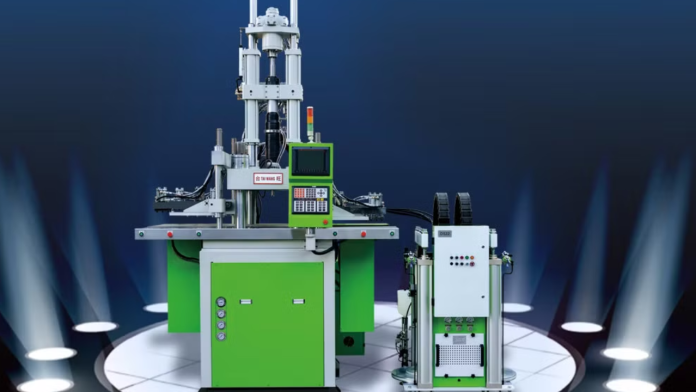Within the manufacturing industry, trendy injection molding machines are widely used to precisely and successfully produce durable plastic components. This system is important to many industries, together with the automobile, purchaser items, electronics, medical tools, and packaging sectors.
Among the most prominent producers of vertical injection molding machines is Min-Hui. For more than 20 years, they have been creating and manufacturing equipment used by injection molding businesses all over the world.
A standard injection molding machine is an advanced piece of the system used appreciably in production for generating plastic components by injecting molten fabric into a mold. knowledge of this machine’s primary components and functions is important for grasping the injection molding procedure.
Key Components of Standard Injection Molding Machine
Learning about these components and their capabilities allows for optimizing the injection molding procedure, mainly for the efficient production of extremely good plastic components. Right here are some primary components and their features:
Injection Unit
The plastic is melted and injected into the mold using an injection unit that requires charging. This unit includes the hopper, barrel, screw, and nozzle, among many other subcomponents.
The hopper allows pellets to be fed into the barrel. Inside the barrel, which also houses the screw, the plastic pellets get heated to a melted state. The barrel’s heating components are ready to raise the temperature to the point where plastic melts.
The screw, placed in the barrel, rotates and moves axially to combine, melt, and convey the plastic closer to the nozzle. The nozzle directs the molten plastic into the mildew. It has to be precisely aligned to make a certain green transfer of the fabric without leakage.
Clamping Unit
The clamping unit holds the mildew in location and applies the necessary force to hold it closed at some stage in injection and cooling. This unit guarantees that the mold halves are tightly pressed together to save you any plastic leakage and to hold the form and excellence of the very last component.
The clamp applies the force to hold the mildew closed. The force can vary from some heaps to several thousand tons, depending on the size and form of the gadget. Platens are huge plates that hold the mold halves. The constant platen is desk-bound, at the same time as the moving platen movements to open and near the mold.
Mold
The mold is the essential element that shapes the final product. It includes halves: the center and the hollow space. Whilst these halves are pressed together, they shape the form of the desired element.
The core bureaucracy is the indoor surfaces of the element. The cavity shapes the exterior surfaces of the component. Together, the core and hollow space define the entire geometry of the molded part.
Hydraulic System
The hydraulic system offers the important power to operate various device additives, specifically the injection and clamping units. This machine converts hydraulic strength into mechanical power to carry out actions and follow forces.
Those pumps generate the hydraulic stress required for the machine. Cylinders and Pistons: those convert hydraulic strain into mechanical movement, facilitating the outlet and final of the mold and the motion of the injection screw.
Control System
The control machine is the brain of the injection molding system. It manages and regulates all of the operations and parameters of the system, ensuring precision and consistency in the molding procedure.
The interface through which operators input parameters, monitor operations, and make adjustments. Cutting-edge management panels are usually automatic touchscreens with person-pleasant interfaces. A digital laptop used for automation of electromechanical methods, which includes controlling equipment in manufacturing facility meeting strains. It guarantees that the complete injection molding cycle operates easily and effectively.
Summary
Due to the machines’ versatility, manufacturers can efficiently produce a wide range of parts by switching between different molds. The speed, accuracy, and cost-effectiveness of the injection molding process have also been improved by developments in machine technology and control systems, making it essential to modern manufacturing.










